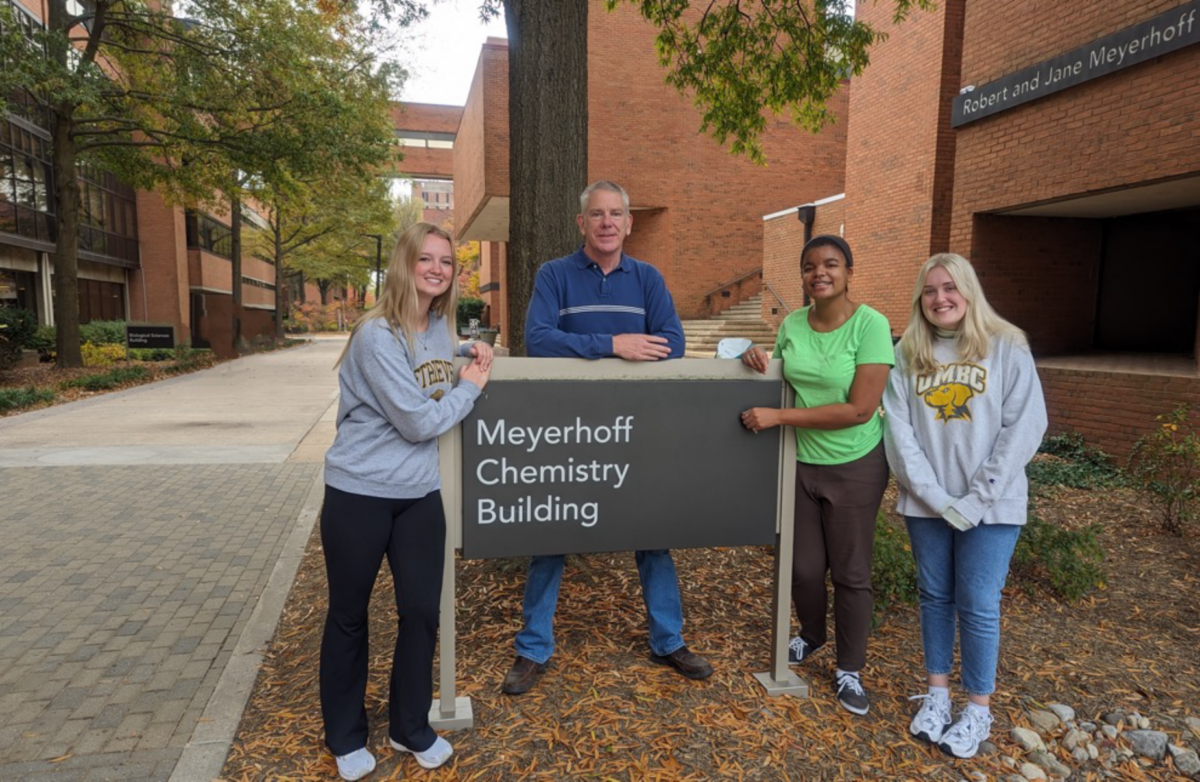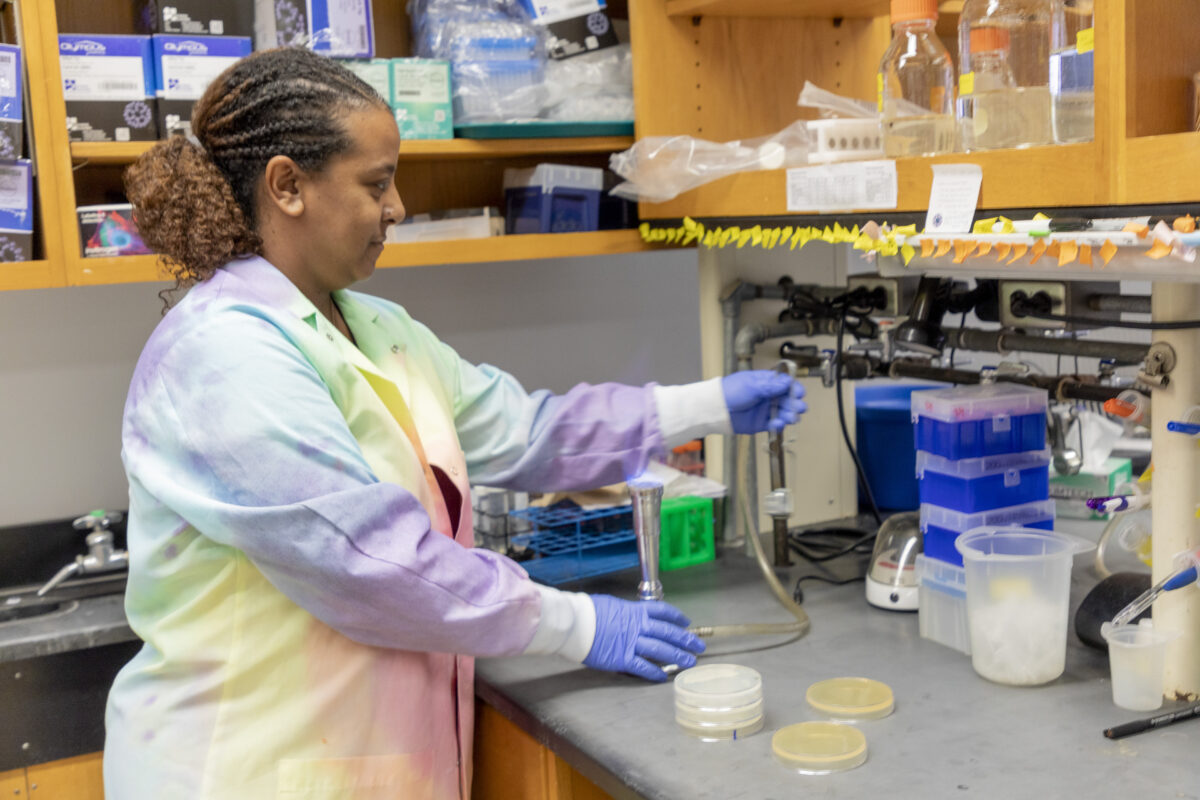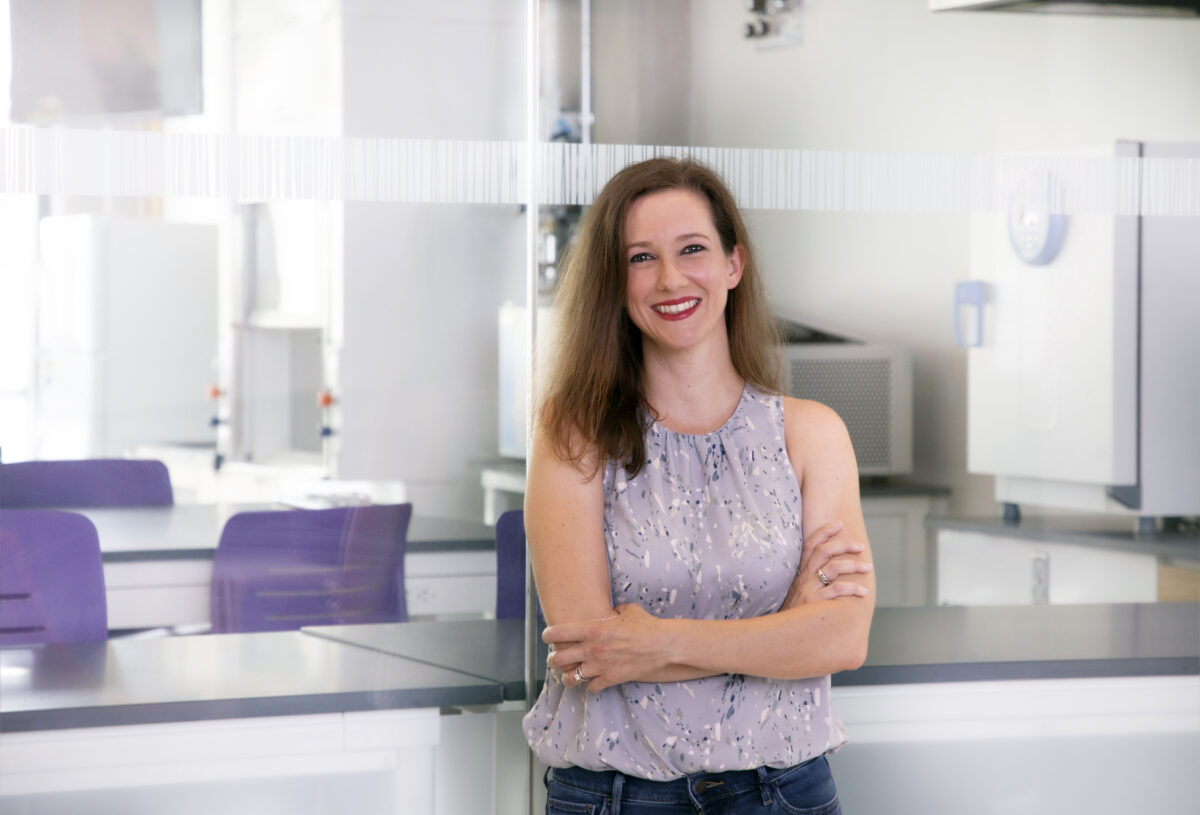The University of Maryland, Baltimore County (UMBC) is pleased to announce today a $2.6 million grant from the Bill & Melinda Gates Foundation to build a national model for ensuring more transfer students earn degrees in science, technology, engineering and math. Anne Arundel Community College, the Community College of Baltimore County, Howard Community College and Montgomery College will work with UMBC on the “STEM Transfer Student Success Initiative.”
Sarah Gantz of the Baltimore Business Journal wrote:
“Transfer students account for about 38 percent of UMBC’s new students in STEM fields and largely come from the initiative’s partner community colleges.
“How they succeed depends quite a lot on the transition and this is one of the really important issues of why a standard bridging model doesn’t work,” said Philip Rous, provost at UMBC.”
The foundation’s grant will allow UMBC and its community college partners to:
Better align their STEM curricula, reducing lost credits and the need for students to retake courses. Improve academic and career advising, heavily utilizing online tools.
Create programs, such as peer mentoring and transfer seminars, to better support students during the transition from a two-year to four-year college. Develop a robust “Transfer STEM Scholar Pathway” that lays out a clear program of study, from community college to university to graduation. Disseminate guiding principles and best practices to the national higher education community.
Alexandra Tilsley of Inside Higher Education wrote:
“Transfer students in STEM fields face the any community college transfer might face: courses that don’t line up, credits that don’t transfer, trouble adjusting to the class size or format, a lack of a community feeling. Those problems, however, are often more acute for STEM students. After all, 500-person lecture classes are more common in science departments, and requirements are often more stringent in those fields, too; an engineering student who takes the wrong class in his first year at community college will likely have a harder time finishing a bachelor of science degree in four years than an English student would have with a bachelor of arts.
“There are all sorts of differences,” said Bill LaCourse, dean of the College of Natural and Mathematical Sciences at UMBC. “And yes, we have students coming from high school, but there are all kinds of first-year programs. Transfer students … come in not knowing exactly what to do because we never gave them the grounding to understand what it takes or what it entails.”
Supported by a three-year grant from the Gates Foundation, this project will not only serve as a national model, but also stands to directly benefit more than 1,000 Maryland students in the next few years and thousands more in years to come.”
In less than ten years, jobs requiring postsecondary education or training will account for more than 60 percent of all new jobs in the United States, and demand for workers in the STEM fields will be particularly acute. Accordingly, Maryland has set a goal of raising the proportion of the state’s adults with college degrees to 55 percent by 2025, with an added emphasis on STEM degrees. The state’s goal mirrors a national one supported through the work of the Bill & Melinda Gates Foundation.
The STEM Transfer Student Success Initiative recognizes that shaping the transfer process to better support students is crucial to meeting the nation’s education goals. The initiative builds on the Gates Foundation’s existing postsecondary work, as well as UMBC’s longstanding commitment to helping students of all backgrounds succeed in the sciences. The university’s highly-successful Meyerhoff Scholars Program, for example, serves as a national model for sending students on to earn Ph.D.’s in the STEM fields.
Tags: CNMS



